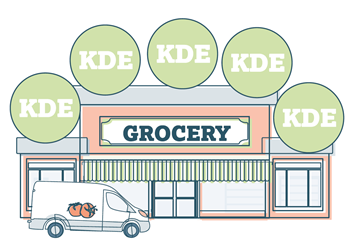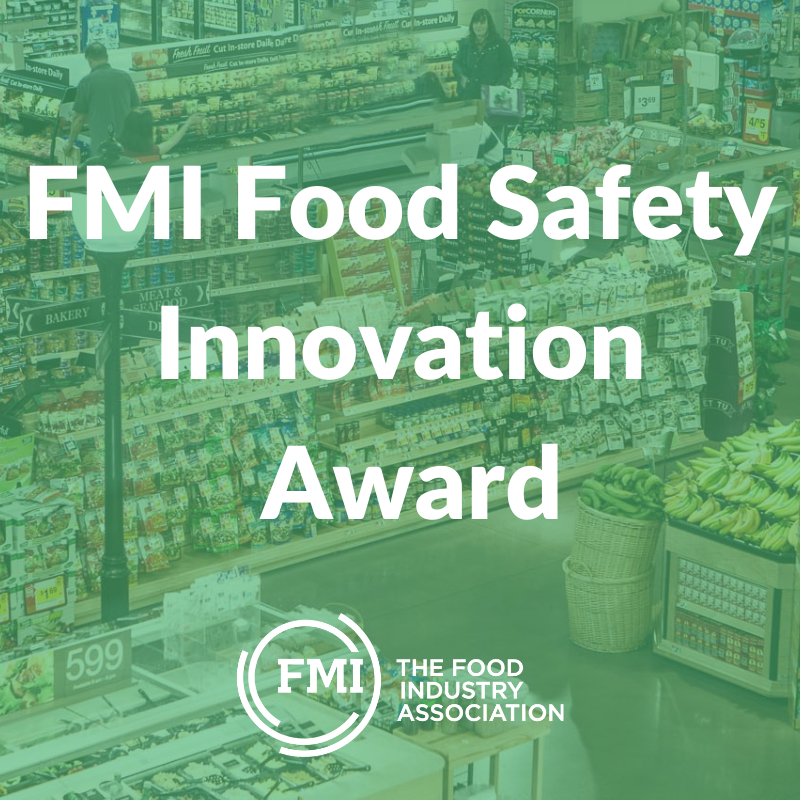By Ashley Eisenbeiser, Senior Director, Food and Product Safety Programs, FMI

Since FDA’s Food Traceability Final Rule was published more than seven months ago, FMI members have been working tirelessly to understand the rule in order to develop and implement solutions to meet the requirements by the 2026 compliance date. While the concept of tracing food from farm-to-fork may sound simple at first, in reality, it is quite complex. There are many steps involved in order to track the journey of food from farm-to-store. Some of these challenges stem from the fact that:
- Every food is different.
- Every company is different.
- Every system is different.
- Every business model is different.
- Every supply chain is different.
But, it is these differences that contribute to a successful food system. They spur innovation and growth and allow access to affordable food to even the most rural places in the United States. Despite this, these differences create significant challenges for companies trying to meet the requirements of the food traceability rule.
To help overcome some of these challenges:
- Standardized information is needed.
- Communication among supply chain partners is needed.
- Technology to facilitate information sharing is needed.
- New systems and processes are needed to capture the correct information while trying to maintain operational efficiencies.
Leveraging data standards can be helpful in meeting these needs—streamlining business processes, enhancing supply chain visibility, enabling traceability and ultimately meeting the requirements of the rule. GS1 standards are the most widely used system of standards in the world. While voluntary, GS1 standards provide a common foundation for businesses to uniquely and consistently identify products, assets, shipments and physical locations throughout the supply chain while also enabling trading partners to exchange critical information.
With a rich history, GS1 standards are an established tool that companies can leverage to help meet the requirements of the traceability rule. To assist the food industry with implementing GS1 Standards for traceability more generally, and specifically to help meet the requirements outlined in the Final Rule, GS1 US created an implementation guide, Application of GS1 System of Standards to Support FSMA 204.
Here are a few examples of how GS1 standards could be applied to align with the Key Data Elements (KDEs) required for Critical Tracking Events (CTEs) under the rule:
| KDEs and Required Records | Possible GS1 Standards application/use |
|---|---|
| CTEs requiring records | Standardized data model for capturing and sharing physical event data (CTEs) - Electronic Product Code Information Services (EPCIS) standard |
| Business name and phone number | Entity identification - GS1 Global Location Number / GS1 Company Prefix |
| Traceability Lot Code KDEs | Data structure for lot code defined by standards - 10 alphanumeric characters |
| Location KDEs | Locations can be supported by GS1 Global Location Numbers (at any desired level of use) and entered/shared/managed in Global Location Number registry (free to GS1 US members) - enables assignment, management and standardized attribution about the entity and location |
| Product Description | Standards for product identifiers and data attributes - example how we define 'product description' and data structure; standards for data product classification |
| Quantity and Unit of measure | Data structure defined for unit of measure |
| Harvest KDEs | GS1 Global Location Numbers and standardized attribution such as GEO coordinates; date data structure defined as well as definition of harvest date |
| Harvest/Aquaculture KDEs | Global Product Classification Code for commodity and GS1 Global Location Numbers for physical location and legal company entity |
| Date KDEs | Standards for date definitions and data structure |
| Reference Documents | Standard identification for documents: (Global Document Type Identifier) and general attribution |
| Note: The information included in the table above is intended to show how KDEs required under of the rule align with GS1 Standards. This information is an example and is not intended to include all the KDEs and records required under the Final Rule. | |
Additional Information Resources


 Industry Topics address your specific area of expertise with resources, reports, events and more.
Industry Topics address your specific area of expertise with resources, reports, events and more.
 Our Research covers consumer behavior and retail operation benchmarks so you can make informed business decisions.
Our Research covers consumer behavior and retail operation benchmarks so you can make informed business decisions.
 Events and Education including online and in-person help you advance your food retail career.
Events and Education including online and in-person help you advance your food retail career.
 Food Safety training, resources and guidance that help you create a company food safety culture.
Food Safety training, resources and guidance that help you create a company food safety culture.
 Government Affairs work — federal and state — on the latest food industry policy, regulatory and legislative issues.
Government Affairs work — federal and state — on the latest food industry policy, regulatory and legislative issues.
 Get Involved. From industry awards to newsletters and committees, these resources help you take advantage of your membership.
Get Involved. From industry awards to newsletters and committees, these resources help you take advantage of your membership.
 Best practices, guidance documents, infographics, signage and more for the food industry on the COVID-19 pandemic.
Best practices, guidance documents, infographics, signage and more for the food industry on the COVID-19 pandemic.
